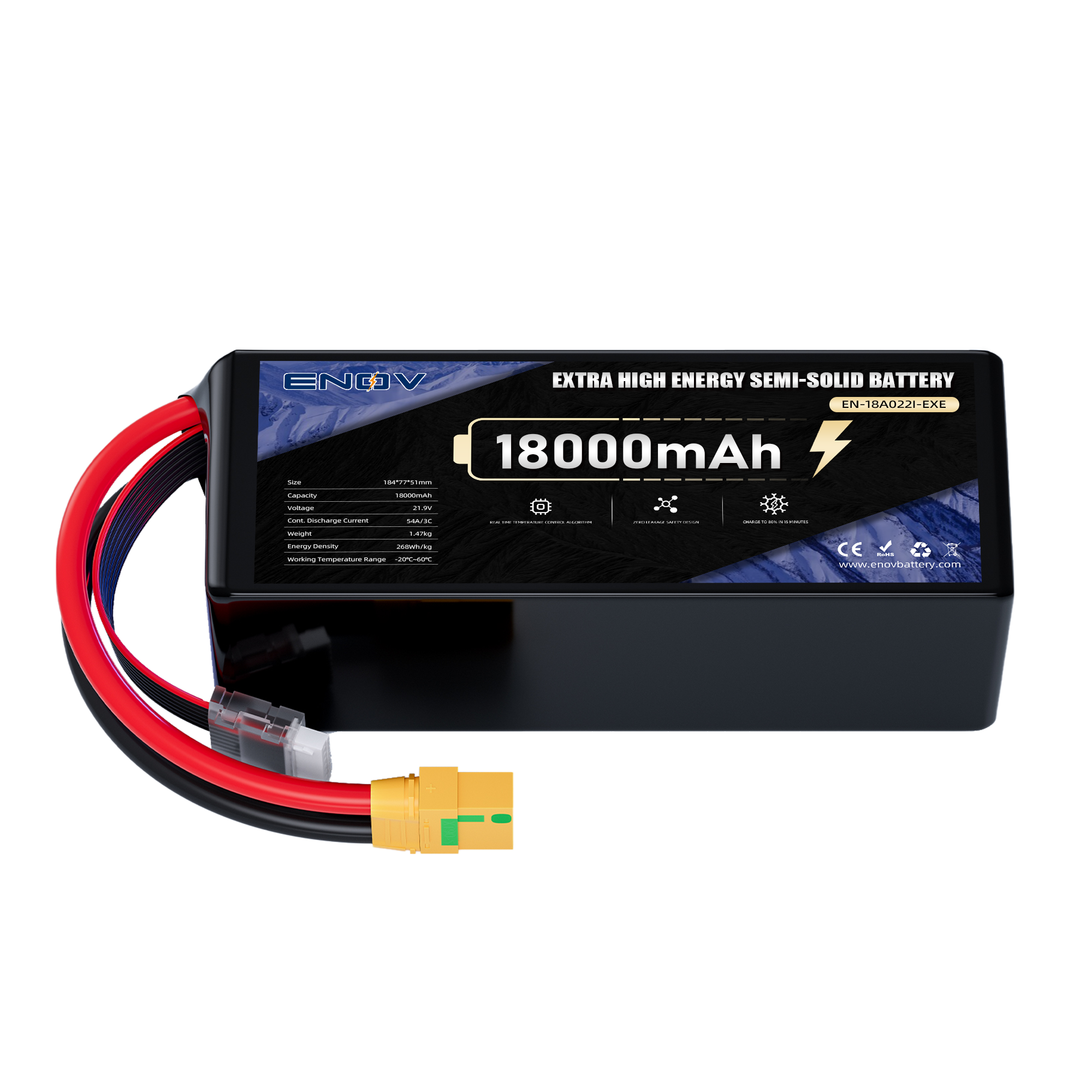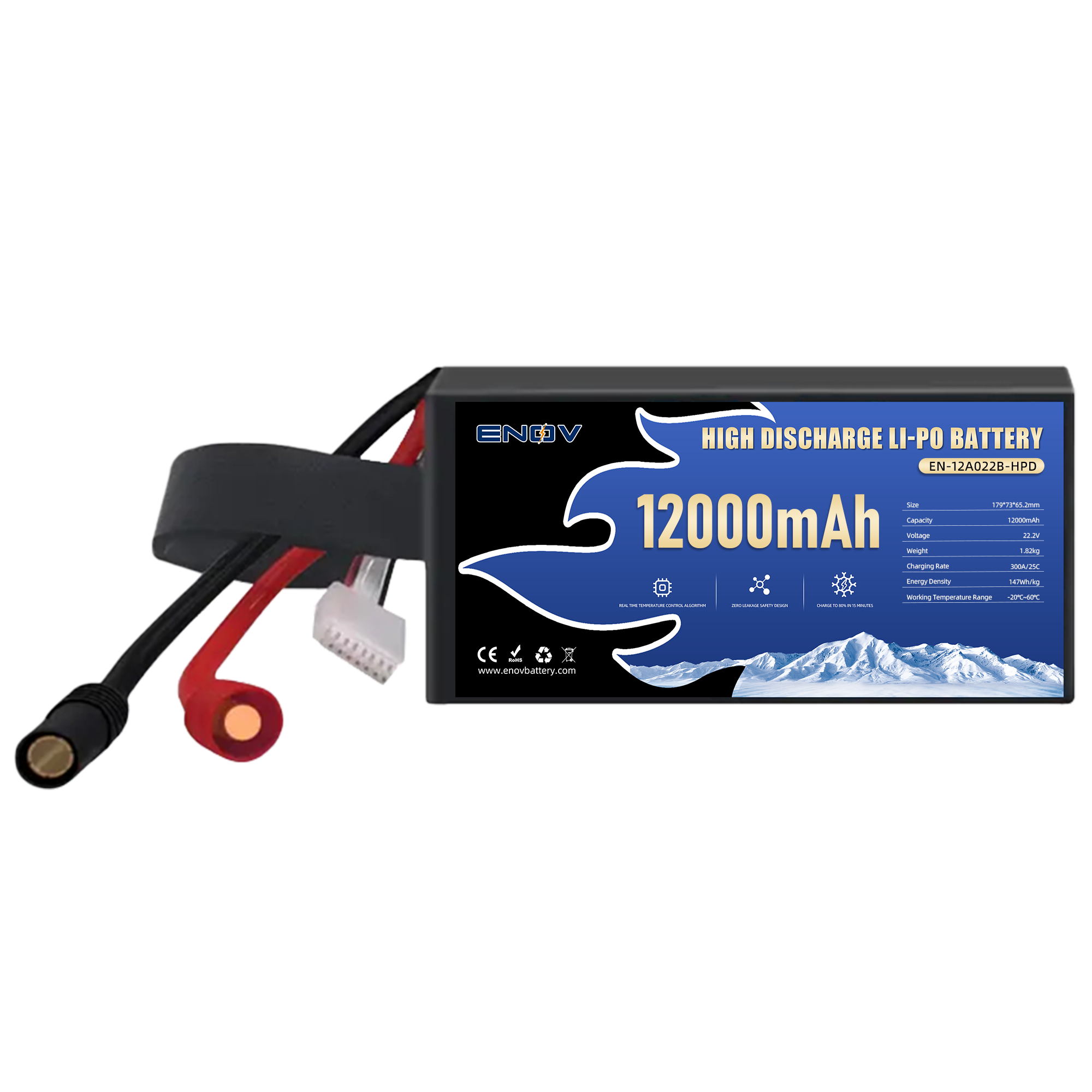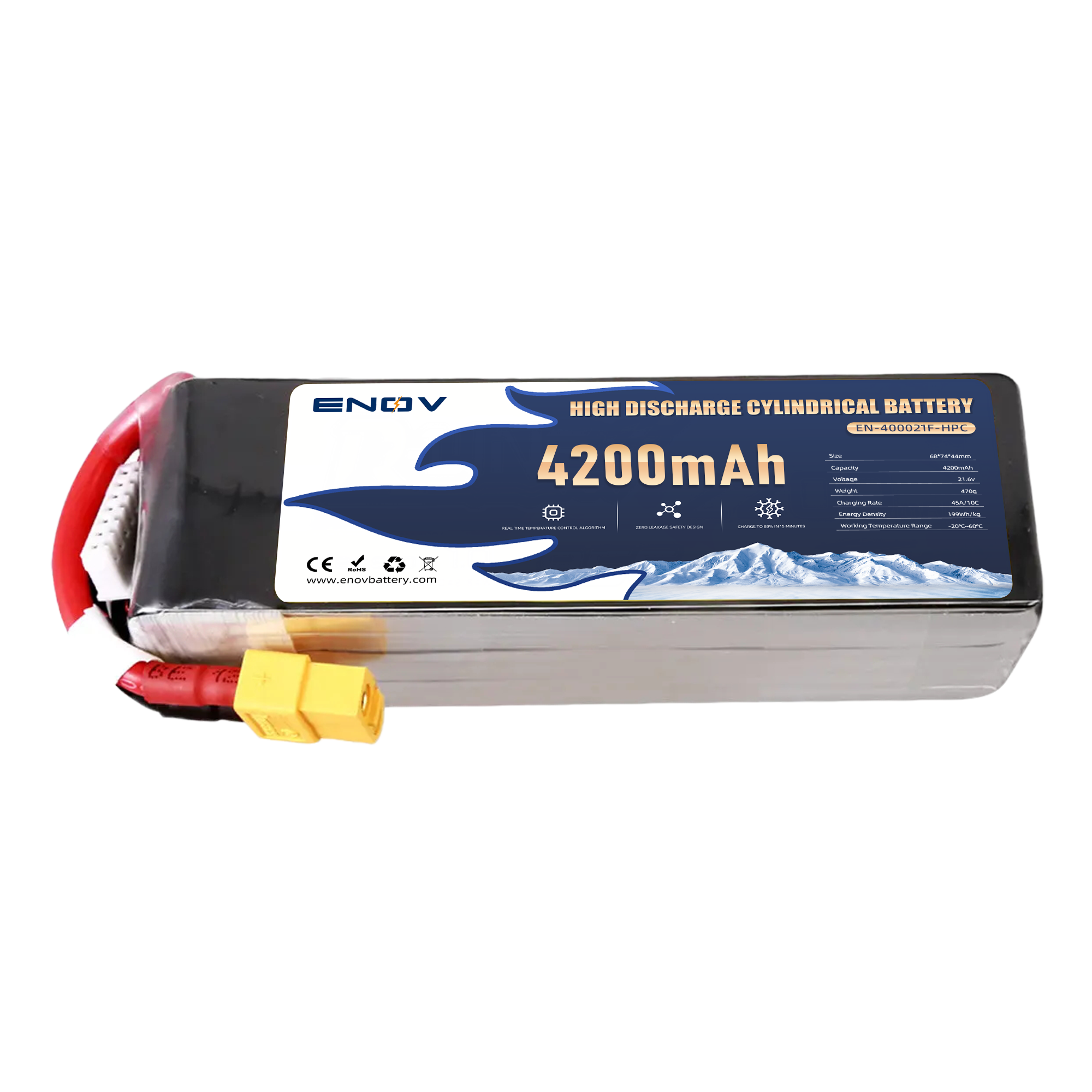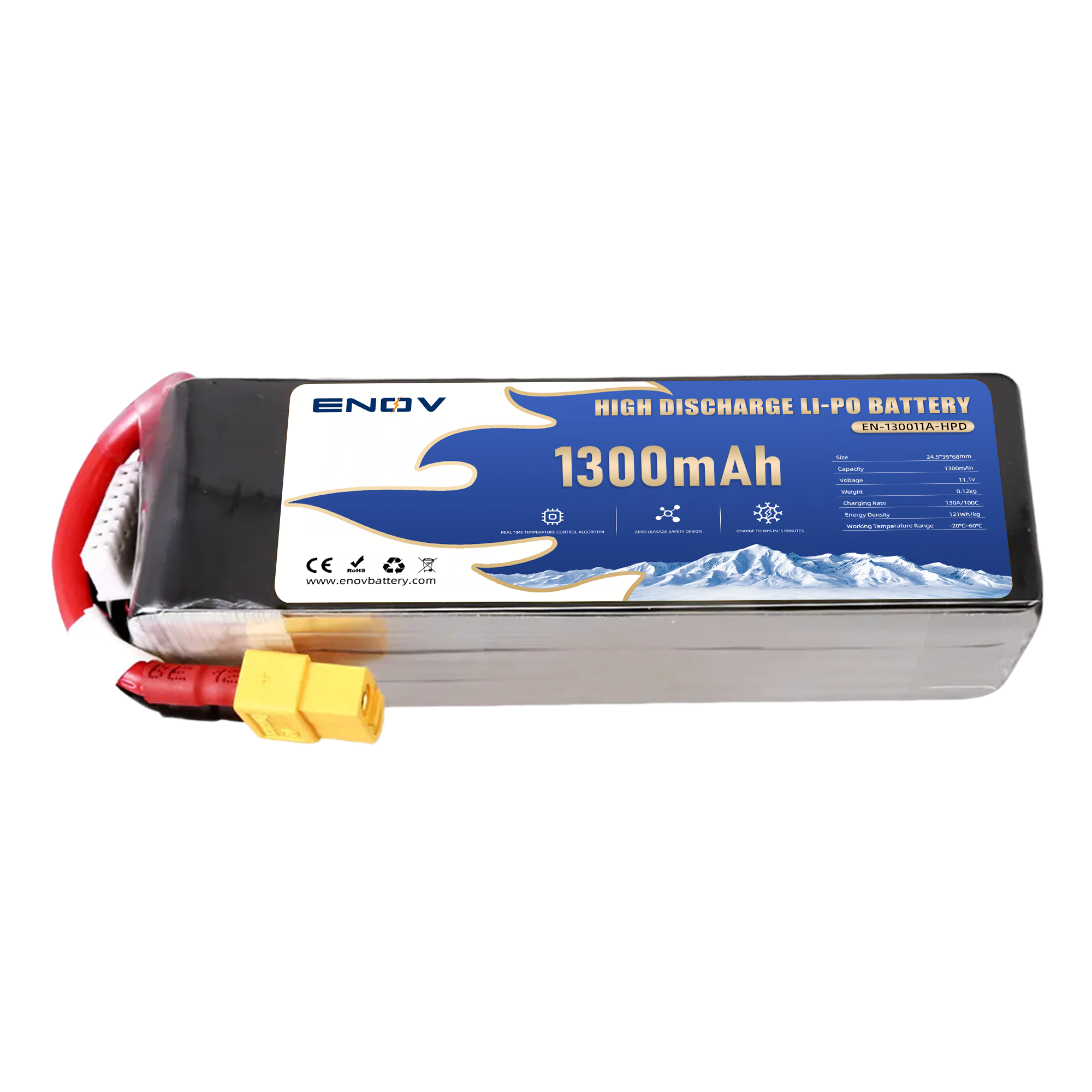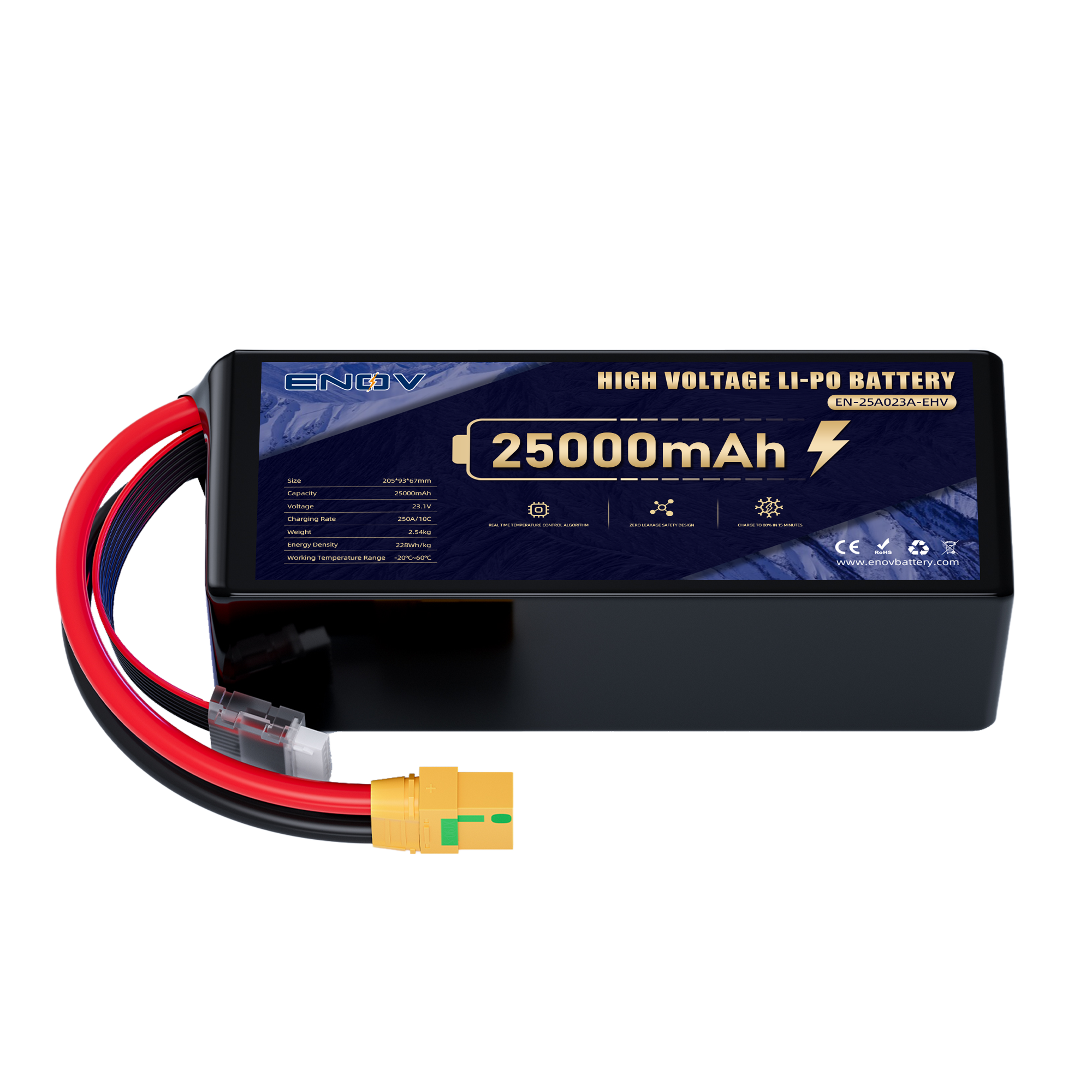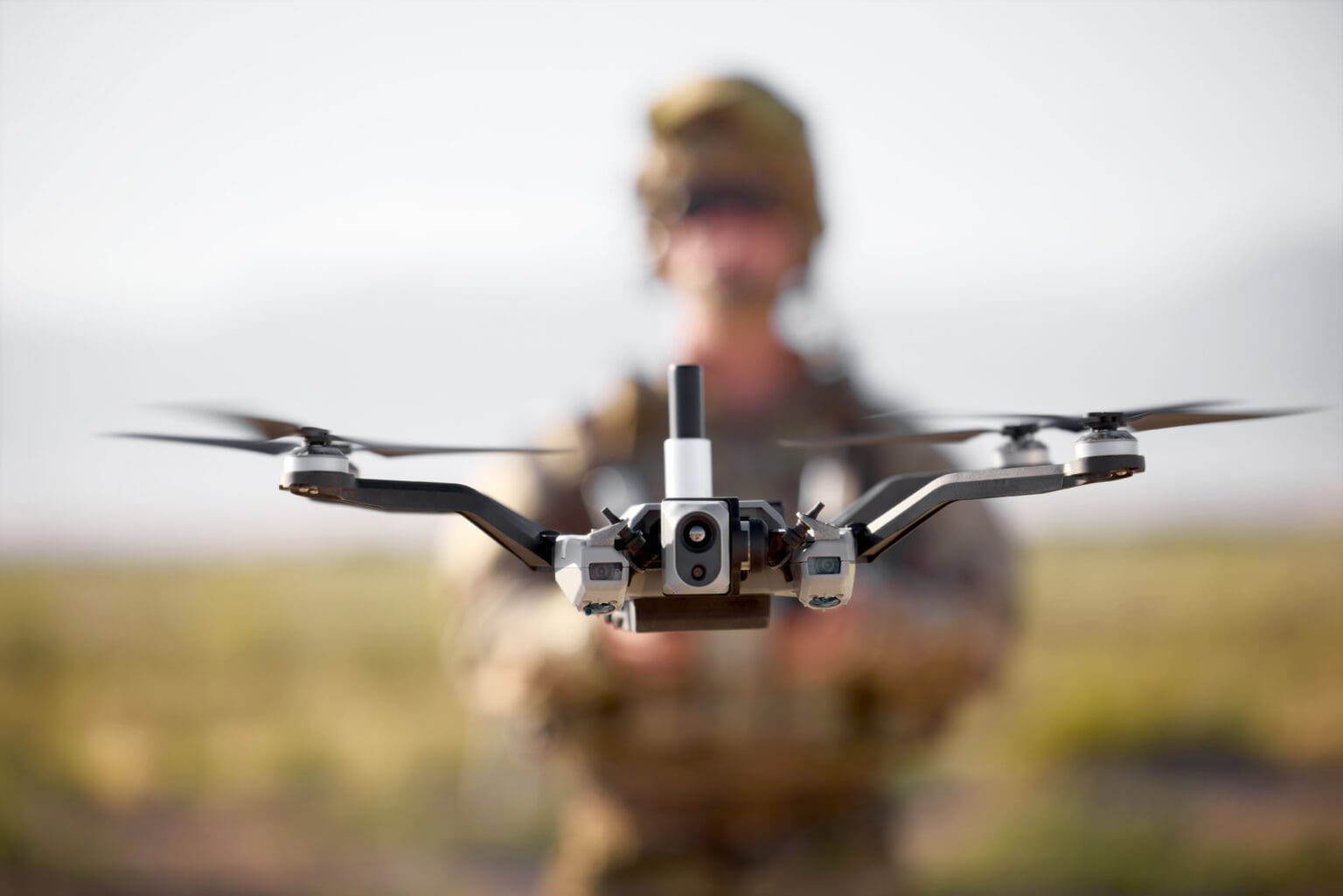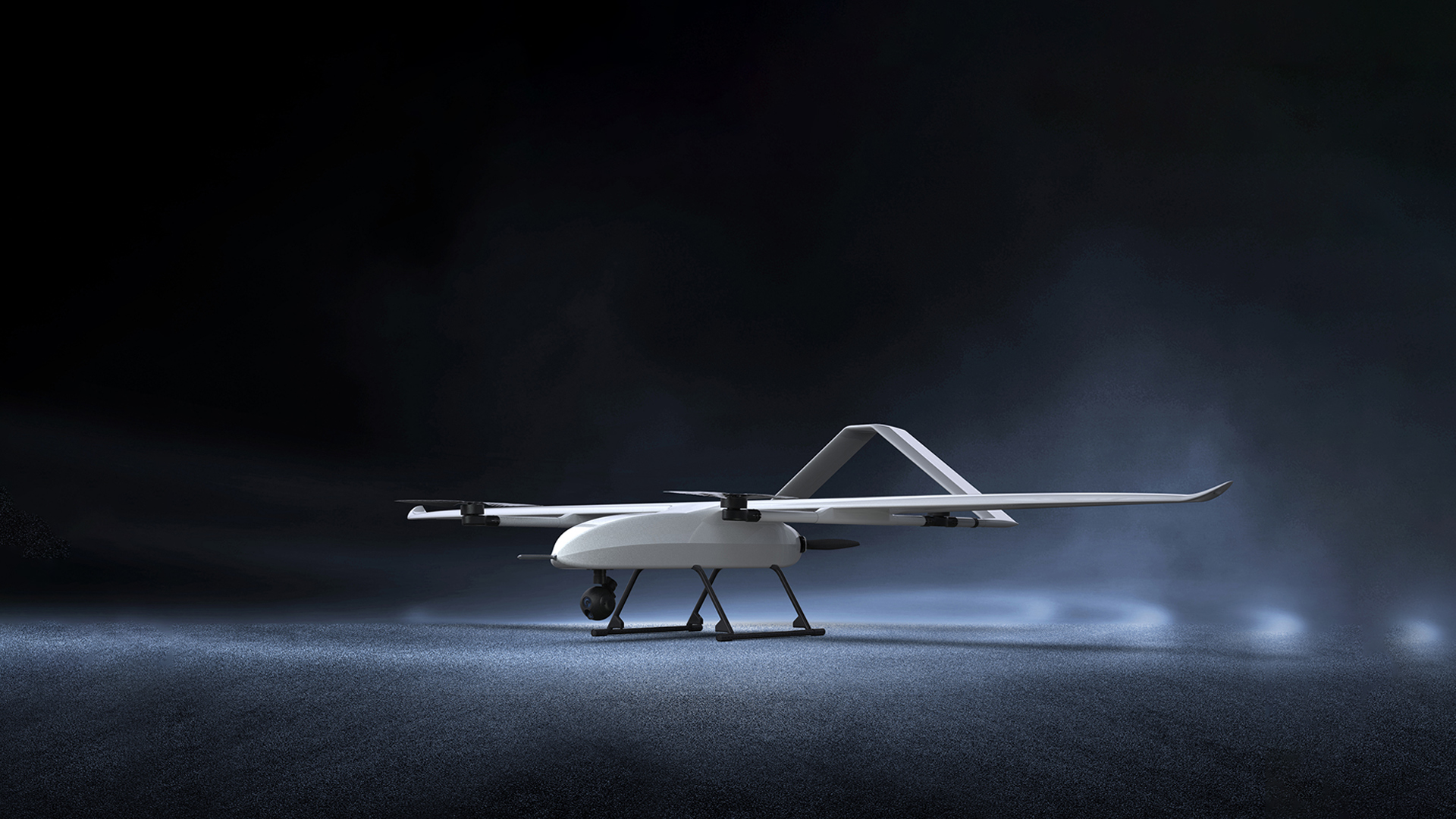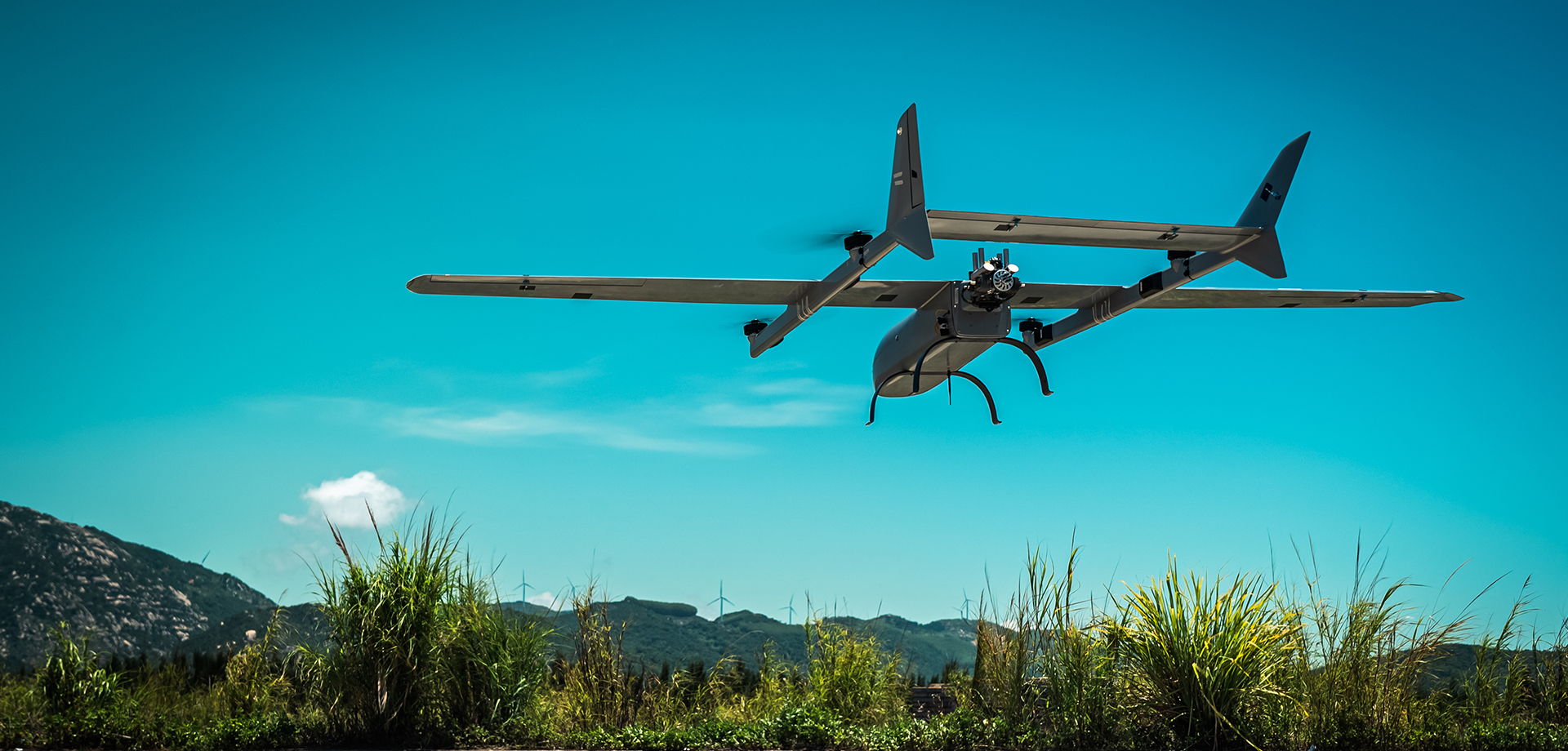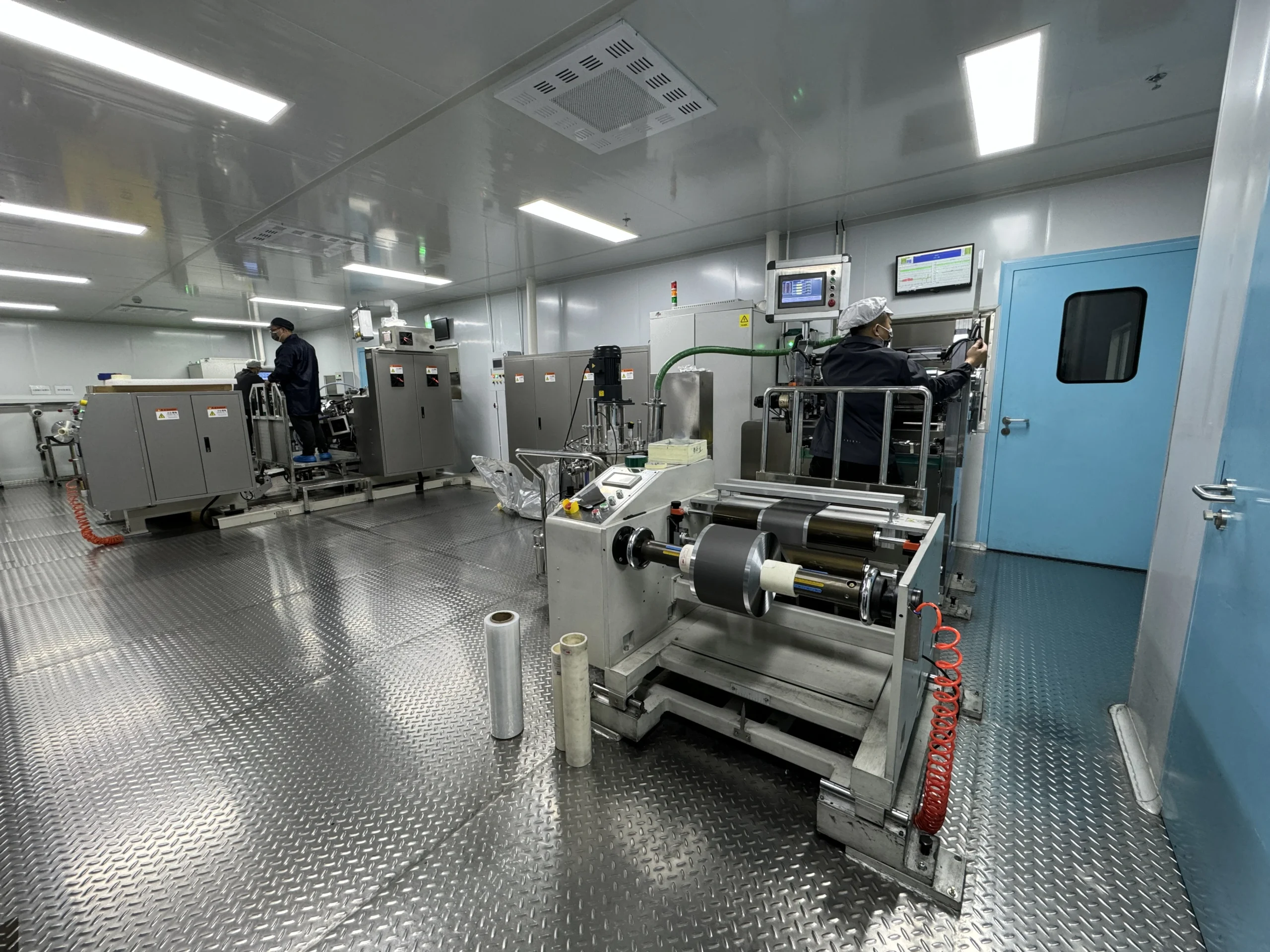Sustainable Encapsulation Solutions: Pioneering Eco-Friendly Trends in Protective Materials
Sustainable Encapsulation Solutions: Pioneering Eco-Friendly Trends in Protective Materials
Sustainable encapsulation solutions are reshaping the future of protective systems by prioritizing environmental stewardship without compromising performance. Driven by biodegradable polymers, circular economy principles, and AI-optimized designs, these innovations address critical challenges in energy storage, construction, and electronics.
This article explores five transformative trends accelerating the shift toward greener encapsulation technologies.
thrust
1. Biobased Polymers and Circular Material Systems
The adoption of renewable materials like cellulose-derived polymers and mycelium-based composites is reducing reliance on fossil fuels. For instance, bio-based polycaprolactone (PCL) coatings now serve dual roles as biodegradable encapsulants and moisture barriers in medical implants, degrading harmlessly post-use . Similarly, agricultural waste upcycling—such as rice husk composites for insulation panels—demonstrates how circular systems minimize landfill burdens while enhancing thermal stability in buildings .
Modular encapsulation architectures further support sustainability. Interlocking panels with snap-fit joints enable easy disassembly, allowing materials like recycled aerogels or hemp-clay boards to be reused across multiple product lifecycles . Such designs align with global certifications like Cradle-to-Cradle, ensuring minimal ecological disruption.
2. AI-Driven Material Optimization and Predictive Modeling
Artificial intelligence is revolutionizing encapsulation design by predicting material behaviors under extreme conditions. Machine learning algorithms analyze datasets from thermal runaway simulations to recommend flame-retardant polymer blends for EV batteries, balancing safety with reduced carbon footprints . These models also optimize phase-change material (PCM) ratios in thermal batteries, improving energy storage efficiency by 30% while cutting raw material waste .
Generative AI tools now propose novel nanocomposite structures, such as graphene-infused aerogels for lightweight satellite insulation. By simulating stress distribution and degradation pathways, these systems ensure encapsulation layers withstand cosmic radiation while using 40% fewer resources than traditional methods .
3. Advanced Recycling and Closed-Loop Systems
Next-gen recycling technologies are transforming end-of-life encapsulation materials into high-value feedstocks. Solvent-free processes recover 95% of lithium and cobalt from battery encapsulants, while enzymatic breakdown methods separate biodegradable polymers like PLA from electronic waste . Companies like Redwood Materials now integrate these techniques to produce "second-life" aerogels for renewable energy projects, slashing production costs by 60% .
Regulatory shifts are accelerating adoption. The EU’s upcoming mandates on encapsulation recyclability (2026) and China’s circular economy policies incentivize manufacturers to adopt biochar-enhanced composites, which sequester carbon while extending product durability .
4. Smart Encapsulation with Self-Healing and Adaptive Properties
Self-repairing polymers embedded with microcapsules of healing agents are eliminating maintenance costs in harsh environments. Solar panel encapsulants, for example, autonomously seal microcracks caused by thermal cycling, maintaining 98% efficiency over a decade . Electroactive polymers in aerospace applications stiffen during pressure fluctuations, preventing moisture ingress without manual intervention .
Phase-change materials (PCMs) like salt hydrates add another layer of adaptability. Integrated into building encapsulation systems, they regulate indoor temperatures by absorbing excess heat during the day and releasing it at night, reducing HVAC energy demands by up to 50% .
5. Cross-Industry Synergies and Regulatory Innovations
Encapsulation technologies are converging across sectors to amplify sustainability. Mycelium-based foams, initially developed for construction insulation, now protect EV battery modules from thermal runaway—a solution that cuts weight by 20% compared to ceramic blankets . Similarly, graphene composites from the electronics industry enhance fire resistance in data center encapsulation panels, achieving UL94 V-0 ratings with 70% lower toxicity .
Governments and consortia are fostering collaboration through initiatives like the Global Encapsulation Innovation Network (GEIN), which funds R&D in carbon-negative materials. Recent breakthroughs include zwitterionic polymer coatings that neutralize acidic pollutants in industrial exhaust systems while self-degrading after 5 years .
Conclusion
From AI-optimized biopolymers to closed-loop recycling ecosystems, sustainable encapsulation solutions are redefining industrial and environmental resilience. These advancements not only mitigate climate impacts but also unlock new revenue streams through energy savings and regulatory compliance. As material science converges with digital innovation, the next decade will witness encapsulation systems that are as regenerative as the ecosystems they protect.
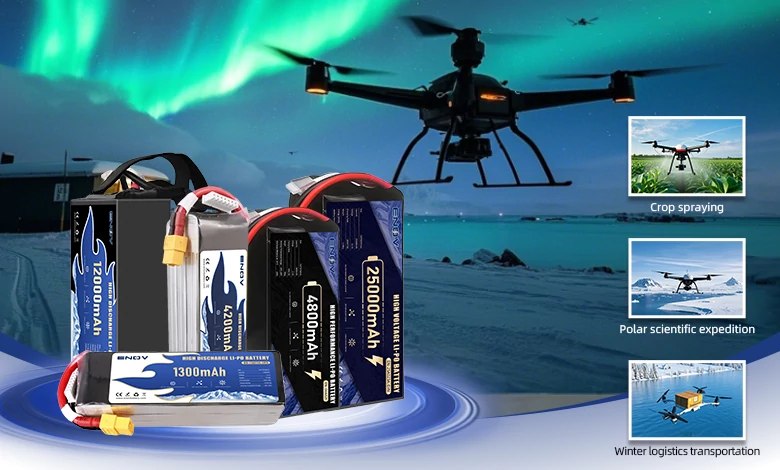
UAV DRONE battery
Enov UAV battery has the most advanced UAV battery new technology, it has a lightweight structural design, ultra-high energy density, stable continuous discharge, customized ultra-high instantaneous discharge, wide temperature working range, stable charge and discharge, battery materials can choose high nickel terpolymer positive/silicon carbon negative material system combined with semi-solid battery technology. Or choose a more mature application of more UAV lithium battery technology, available UAV battery nominal voltage 3.7V, capacity 18.0Ah ~ 30.0Ah, support 10C continuous discharge and 120C pulse discharge (3 seconds). With ultra-high energy density (220-300Wh/kg) as its core advantage, Enov UAV batteries can meet the needs of long-term endurance scenarios such as plant protection drones and transport drones, while maintaining stable emission performance in extremely low temperature environments (-40℃).
Other products
START-STOP LITHIUM BATTERY
LITHIUM ENERGY STORAGE BATTERY
QUICK INQUIRY
FAQ
Access to high frequency technical questions with one click, get accurate answers on product application, after-sales policy and customization process.
Service and Support
Get the latest product specifications, explore professional OEM/ODM customization services, click to open exclusive technical support and production solutions.
Become a Partner
We sincerely invite resources to interconnect, work together for win-win development, and immediately open a new chapter of strategic cooperation!
